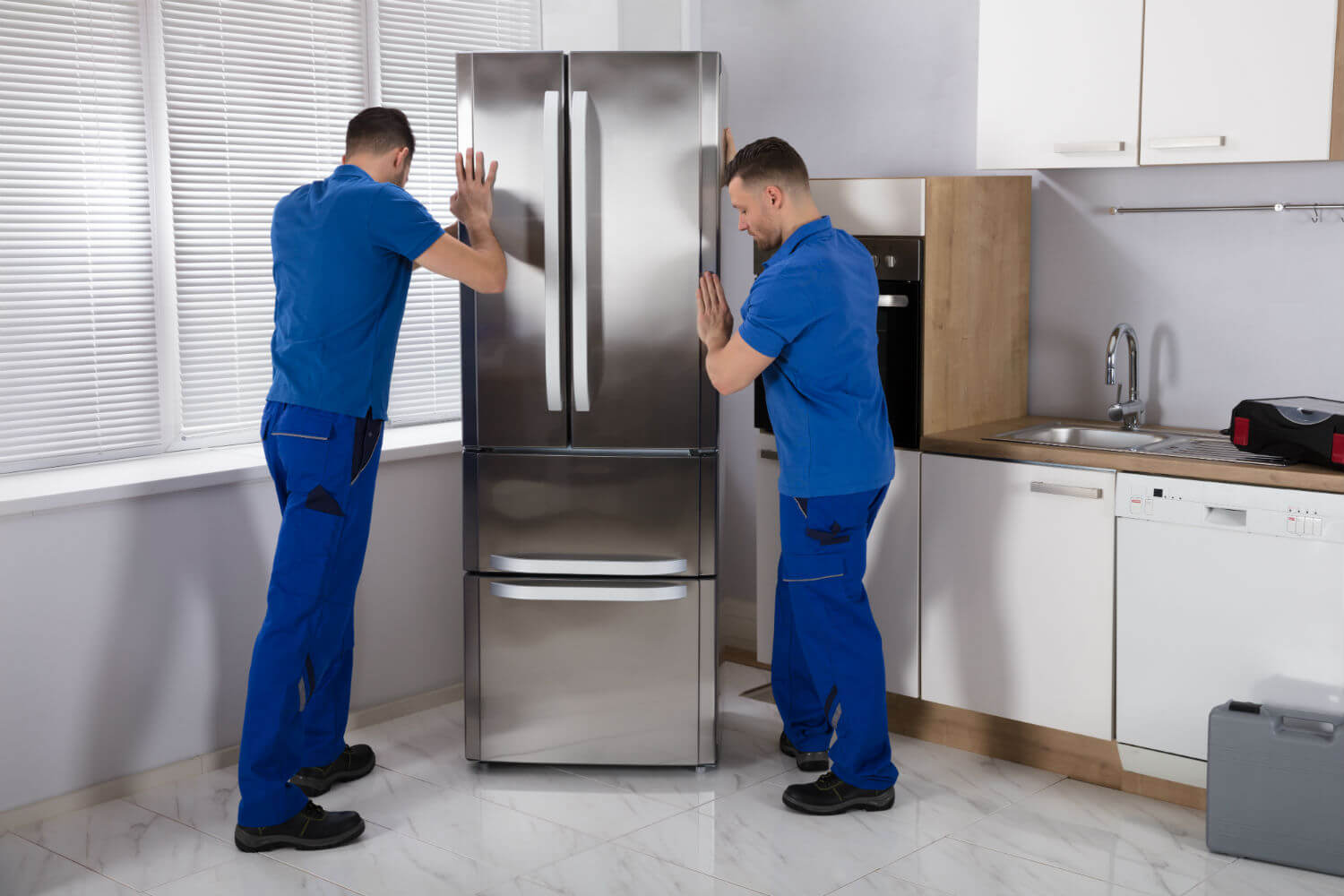

Articles
How To Move Fridge Without Scratching Floor
Modified: August 17, 2024
Learn the best techniques and tips in our articles on how to move a fridge without damaging your floor. Avoid scratches and keep your floor looking pristine.
(Many of the links in this article redirect to a specific reviewed product. Your purchase of these products through affiliate links helps to generate commission for Storables.com, at no extra cost. Learn more)
Introduction
Moving a fridge can be a daunting task, especially when you’re concerned about scratching your beautiful floor. The weight and size of the fridge, combined with its delicate surfaces, can make it tricky to maneuver without causing damage. However, with the right tools, techniques, and some careful planning, you can successfully move your fridge without a scratch. In this article, we will guide you through the process of moving a fridge while focusing on protecting your precious floors. So, let’s dive in and learn how to move a fridge without scratching the floor!
Key Takeaways:
- Protect your floor when moving a fridge by using furniture sliders, cardboard or plywood sheets, and clear pathways. Proper lifting techniques and cautious movement are crucial to prevent scratches and dents.
- After moving the fridge, clean and inspect the floor for any damage. Consider using floor protectors to prevent future scratches and maintain the integrity of your flooring.
Read more: How To Fix Scratched Vinyl Floor
Gather Necessary Materials
Before you start moving your fridge, it’s important to gather all the necessary materials. Having these items on hand will make the process more efficient and help prevent any potential damage to your floor. Here are the materials you’ll need:
- Furniture sliders or old towels/blankets
- Cardboard or plywood sheets
- Packing tape or straps
- Furniture dolly or hand truck
- Protective gloves
Furniture sliders are a great investment for moving heavy appliances like fridges. They reduce friction, making it easier to slide the fridge without scratching the floor. If you don’t have sliders, you can use old towels or blankets instead. Simply place them under the fridge’s corners to provide a cushioned surface for sliding.
Cardboard or plywood sheets can be used to create a protective barrier between the fridge and the floor. This is especially useful if your floor is prone to scratches or is made of a delicate material like hardwood or laminate. Secure the cardboard or plywood to the floor using packing tape or straps to prevent it from sliding during the moving process.
A furniture dolly or hand truck will make it easier to transport the fridge, especially if you have to navigate stairs or uneven surfaces. Ensure that the dolly is sturdy enough to support the weight of the fridge. If using a hand truck, make sure it has straps or clamps to keep the fridge in place while moving.
Lastly, don’t forget to wear protective gloves to protect your hands from potential injuries while lifting and moving the fridge. Heavy appliances like fridges can cause strain on your back and hands, so using gloves will provide extra grip and prevent accidents.
Prepare the Fridge for Moving
Before you start moving your fridge, it’s important to prepare it properly to ensure a smooth and safe relocation. Here are the steps to follow:
- Empty the contents: Begin by removing all food items, shelves, and drawers from the fridge. Discard any perishable items, and pack the remaining items in coolers or insulated bags to keep them fresh during the move. Remove any detachable parts, such as ice trays or water filters, and pack them separately.
- Defrost the fridge: If your fridge has a freezer compartment, make sure to defrost it before moving. This will prevent water leakage during transit and reduce the risk of damage to the appliance. Turn off the fridge and leave the freezer door open to allow the ice to melt. Place towels or a tray underneath to catch any water.
- Clean the interior: Before moving the fridge, take the time to clean the interior thoroughly. Remove any spills or debris and wipe down the surfaces. This will help maintain the hygiene of your fridge and prevent any unpleasant odors during transit.
- Secure the doors: Use strong packing tape or bungee cords to secure the fridge doors and prevent them from opening during the move. This will also protect the doors from swinging open and potentially causing damage to your floor or walls.
- Measure the dimensions: Measure the height, width, and depth of the fridge to ensure it will fit through doorways, hallways, and any other narrow spaces along the moving route. This will help you plan the best path for moving the fridge without obstacles or difficulties.
By taking these preparatory steps, you’ll ensure that your fridge is ready for a safe and hassle-free move. It’s important to be thorough in preparing the fridge as it will not only protect your appliance but also safeguard your floor during the moving process.
Protect the Floor
When moving a heavy appliance like a fridge, it’s crucial to protect your floor from scratches, dents, or other damage. Here are some steps you can take to ensure your floor remains in pristine condition during the moving process:
- Use furniture sliders or blankets: If you’re using furniture sliders, place them under the fridge’s corners to minimize friction against the floor. These sliders will allow you to smoothly glide the fridge without causing scratches. Alternatively, if you don’t have sliders, you can use thick blankets or towels as a makeshift barrier between the fridge and the floor.
- Utilize cardboard or plywood: Another effective way to protect the floor is to place cardboard or plywood sheets underneath the fridge. These sheets act as a buffer, preventing direct contact between the fridge and the floor. Secure the sheets in place using packing tape or straps to ensure they don’t shift during transit.
- Be cautious on delicate flooring: If you have delicate flooring types like hardwood or laminate, take extra precautions. Place towels or rugs in high-traffic areas to protect against accidental drops or scratches from other moving equipment. Consider using additional layers of padding, such as foam or bubble wrap, to provide further protection.
- Clear the path: Before you begin moving the fridge, remove any obstacles or debris from the floor that may cause tripping or accidents. This includes rugs, furniture, or loose items. Creating a clear and open path will make maneuvering the fridge easier and reduce the risk of damaging both your floor and the fridge itself.
- Enlist a helping hand: Moving a fridge can be a two-person job, if not more. Having someone assist you will ensure better control and reduce the chance of accidentally dropping or damaging the fridge. Coordinate with your helper(s) to communicate each step and ensure a smooth, coordinated movement.
Remember, the goal is to protect your floor from any potential damage caused by the fridge’s weight or movement. By following these protective measures, you can confidently move your fridge without worrying about scratches or dents on your floor.
Use Proper Lifting Techniques
When it comes to moving a heavy and bulky appliance like a fridge, using proper lifting techniques is essential to prevent injuries and accidents. Here are some guidelines to follow when lifting the fridge:
- Warm-up and stretch: Before you start lifting, take a few minutes to warm up your muscles and stretch. Focus on your back, legs, and arms to ensure they are prepared for the physical exertion required for moving the fridge.
- Bend your knees: When lifting the fridge, bend your knees and squat down, keeping your back straight. This position will allow you to use your leg muscles to bear the weight, reducing strain on your back.
- Grip the fridge correctly: Place your hands on the sides of the fridge, close to the bottom. Use a firm and secure grip to maintain control. Avoid gripping any protruding parts, as they may break or damage during the lift.
- Engage core muscles: As you lift the fridge, engage your core muscles to provide additional support and stability. This will help distribute the weight more evenly and reduce the strain on your arms and back.
- Lift with your legs: As you straighten your legs, lift the fridge using the strength of your leg muscles. Keep the fridge close to your body to maintain balance and control. Avoid twisting your body while lifting, as this can strain your back muscles.
- Take small steps: Once you’ve lifted the fridge, use small, controlled steps to move it. Avoid jerky movements, as this can make it difficult to maintain balance and stability. If possible, use a furniture dolly or hand truck to transport the fridge, as these can greatly reduce the strain on your body.
- Communicate with your helper(s): If you have a helper(s) assisting you, communicate clearly and coordinate your movements. Lift and lower the fridge together, ensuring that everyone is on the same page and working in sync.
By following these proper lifting techniques, you’ll reduce the risk of injury and safely navigate the fridge through your home without causing any damage to yourself or the appliance.
Place furniture sliders or cardboard underneath the fridge to protect the floor from scratches. Then, carefully push or slide the fridge to its new location.
Read more: How To Fix Scratch On Laminate Floor
Slide or Roll the Fridge
Once you have properly lifted the fridge, it’s time to move it to its new location. Depending on the type of flooring and the distance you need to cover, you can choose to either slide or roll the fridge. Here are the steps for each method:
Slide Method
- Ensure the floor is clear and free from obstacles.
- If using furniture sliders, place them under the fridge’s corners or use towels/blankets as a cushioned surface.
- Slowly and carefully, slide the fridge in the desired direction. Avoid applying too much force or pushing too fast, as this can cause the fridge to tip over or damage the floor.
- If there are any corners or turns, take them at a slow and controlled pace to maintain balance and prevent the fridge from sliding off the sliders or blankets.
- Continue sliding the fridge until you reach its new location.
- Remove the sliders or blankets from under the fridge, ensuring it is stable and secure in its new position.
Roll Method
- If using a furniture dolly or hand truck, position it next to the fridge.
- Securely strap or clamp the fridge to the dolly or hand truck to prevent it from shifting during the move.
- With the help of your assistant(s), carefully tilt the fridge back against the dolly or hand truck.
- Using the handles of the dolly or hand truck, begin rolling the fridge to its new location. Walk slowly and steadily, ensuring the fridge remains balanced.
- If there are any obstacles or uneven surfaces, proceed with caution and make necessary adjustments to maintain stability.
- Gently lower the fridge to the floor once you have reached the desired location.
- Remove the straps or clamps and ensure that the fridge is positioned securely.
Remember to take your time and be cautious when using either the slide or roll method. Rushing or applying excessive force can lead to accidents or damage to both the fridge and the floor. Choose the method that best suits your needs and the condition of your flooring.
Clean and Inspect the Floor
After successfully moving the fridge to its new location, it’s important to take the time to clean and inspect the floor. This final step will ensure that your floor remains in good condition and identify any potential damage caused during the moving process. Here’s what you need to do:
- Remove any debris: Clear the floor of any dirt, dust, or small particles that may have accumulated during the move. Use a broom or vacuum to thoroughly clean the area around where the fridge was placed.
- Inspect for scratches or dents: Carefully examine the floor for any signs of damage, such as scratches, dents, or scuff marks. Look closely at areas where the fridge was slid or rolled to check for any potential impact on the flooring.
- Address any damage: If you notice any scratches or dents on the floor, take appropriate measures to address them. For hardwood or laminate floors, you can use touch-up markers or specialized floor repair kits to cover up minor imperfections. If the damage is more significant, consult a professional for repair or refinishing options.
- Clean the floor: Once you’ve inspected for damage, give the floor a thorough cleaning. Use a mild floor cleaner suitable for the type of flooring you have, following the manufacturer’s instructions. This will help remove any residue or marks left behind from the moving process.
- Consider floor protection: To prevent future damage from heavy appliances or furniture, consider using floor protectors, such as felt pads or furniture glides, under the legs or corners of the fridge. These will provide a cushioned barrier and help prevent scratches when moving or repositioning the appliance in the future.
By cleaning and inspecting the floor, you can take proactive steps to address any damage and maintain the overall integrity of your floor. Keeping your floor in good condition will not only enhance the aesthetic appeal of your home but also protect your investment in the long run.
Read more: How To Repair Scratches On Wood Floor
Conclusion
Moving a fridge without scratching the floor may seem like a challenging task, but with careful planning and the right techniques, it can be accomplished successfully. By following the steps outlined in this article, you can protect both your fridge and your floor during the moving process.
Remember to gather all the necessary materials, including furniture sliders or blankets, cardboard or plywood sheets, packing tape or straps, a furniture dolly or hand truck, and protective gloves. These items will make the moving process more efficient and help prevent damage to your floor.
Prepare the fridge by emptying its contents, defrosting it, cleaning the interior, and securing the doors. Taking these steps will ensure that your fridge is ready for the move and minimize the risk of damage.
Protecting the floor is essential. Use furniture sliders or blankets to minimize friction between the fridge and the floor. Additionally, consider using cardboard or plywood sheets to create a protective barrier. Clear the floor of any obstacles and be cautious when moving the fridge to avoid accidents or damage.
When lifting the fridge, use proper techniques such as bending your knees, gripping the fridge correctly, and lifting with your legs. Engage your core muscles for stability and communicate with your helpers to ensure coordinated movements.
Depending on your flooring type and the distance you need to cover, choose to slide or roll the fridge. Take your time, use furniture sliders or a dolly, and be mindful of any obstacles or potential hazards.
Once the fridge is in its new location, take the time to clean and inspect the floor. Remove any debris, inspect for scratches or dents, and address any damage as necessary. Clean the floor using appropriate cleaning products and consider using floor protectors for future appliance repositioning.
In conclusion, by following these guidelines, you can move your fridge without scratching the floor. Taking the necessary precautions, using proper techniques, and being attentive to the condition of your floor will ensure a successful and damage-free moving process. With a little care and attention, you can safely relocate your fridge and maintain the integrity of your floor for years to come.
Frequently Asked Questions about How To Move Fridge Without Scratching Floor
Was this page helpful?
At Storables.com, we guarantee accurate and reliable information. Our content, validated by Expert Board Contributors, is crafted following stringent Editorial Policies. We're committed to providing you with well-researched, expert-backed insights for all your informational needs.
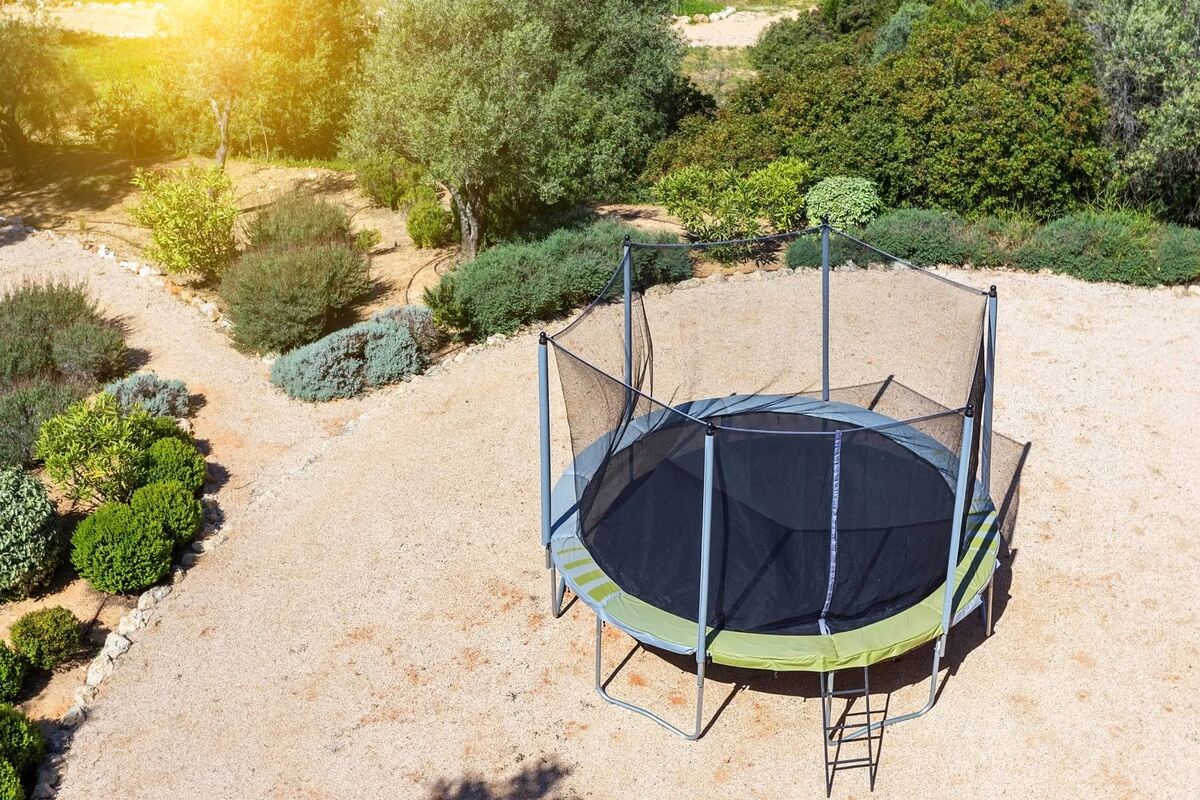



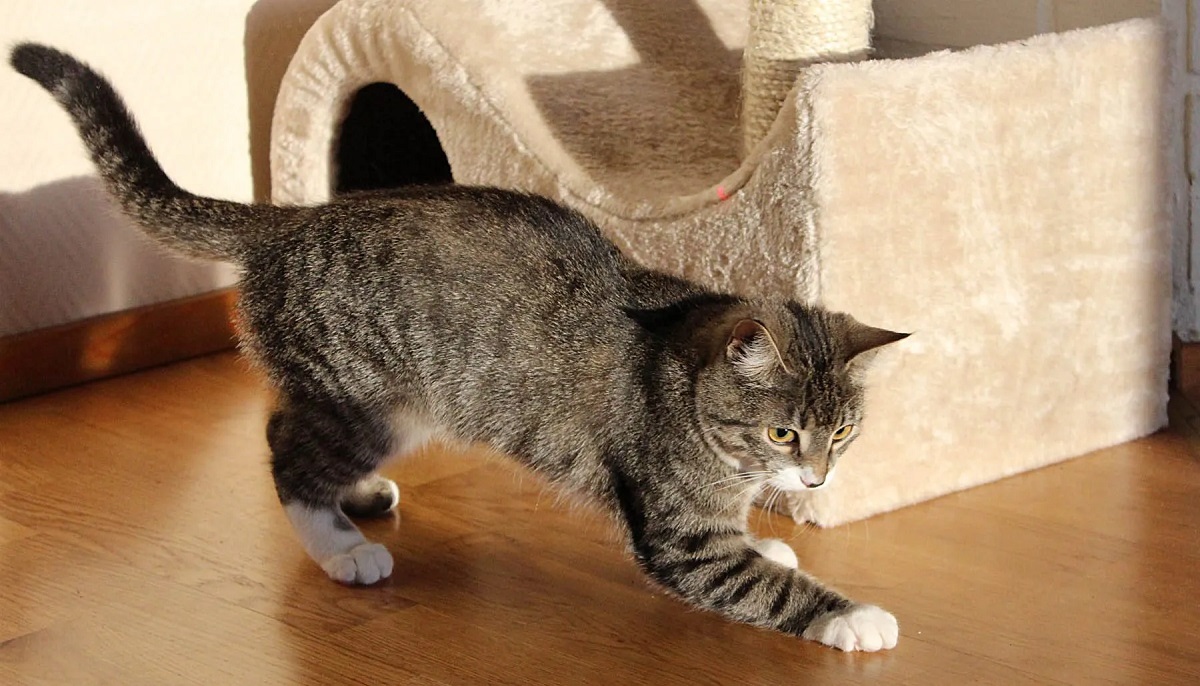


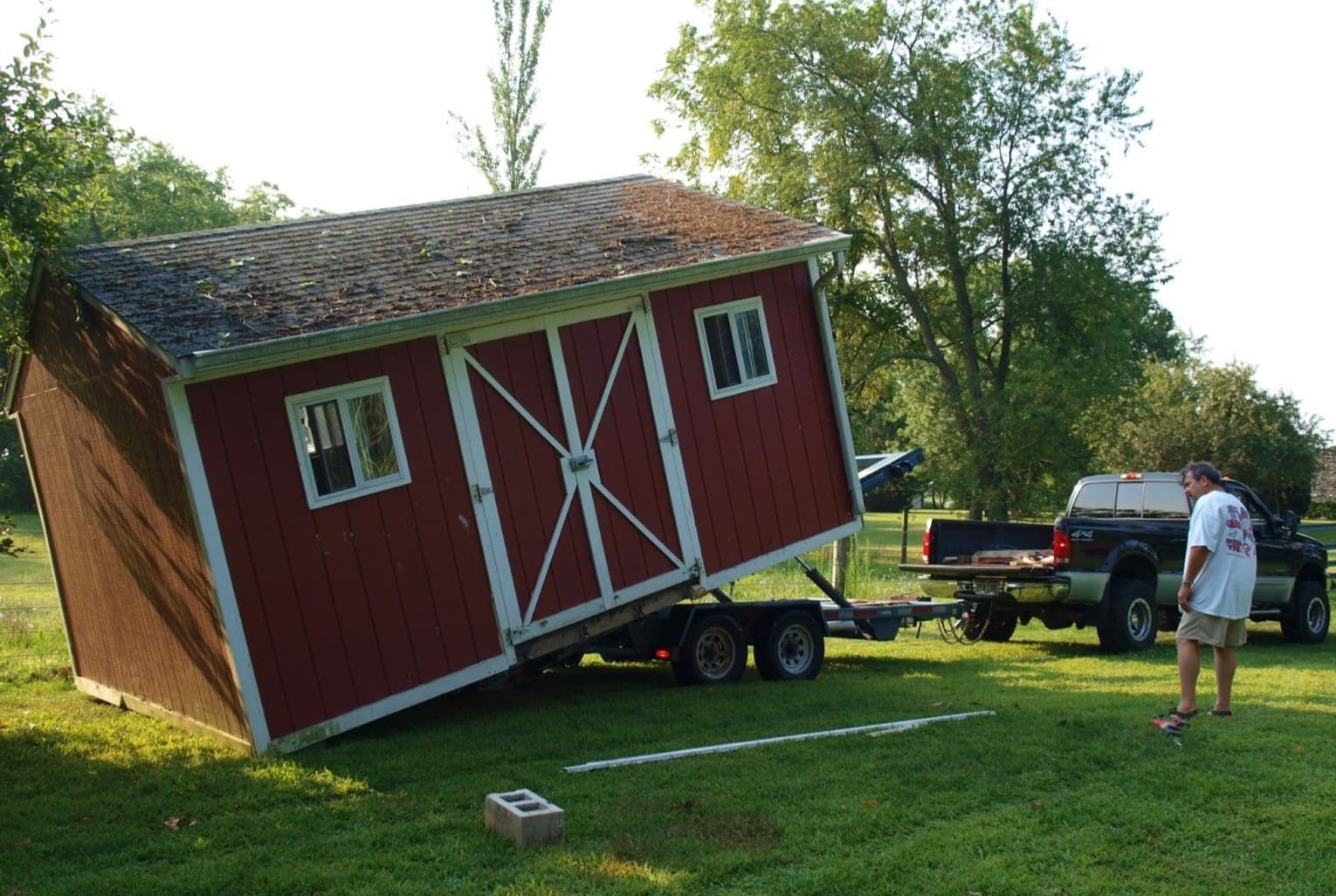

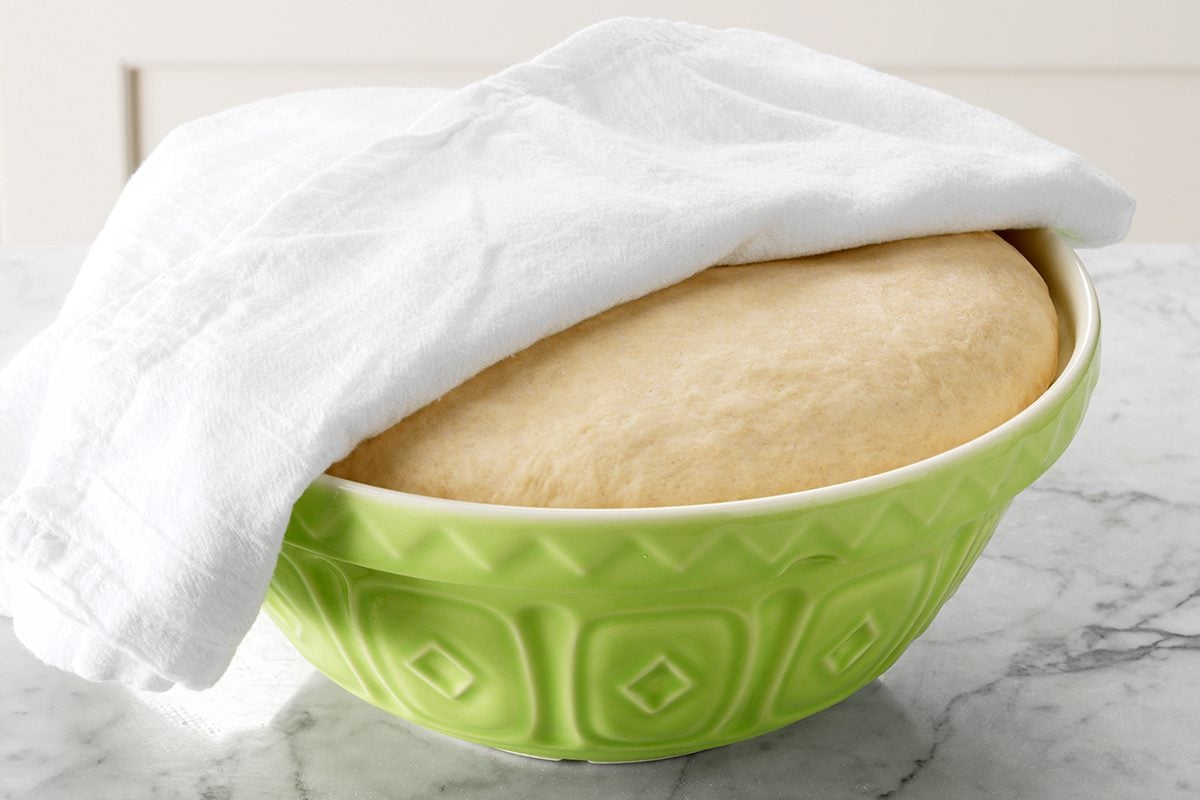




0 thoughts on “How To Move Fridge Without Scratching Floor”